
African Lily (Agapanthus africanus) Growing & Care Guide for Gardeners
Depending on the variety, the blossom of the agapanthus can differ not only in colour but also in shape. Some African lilies bear flowers that are bell-shaped. Agapanthus varieties. In total there are several hundred different varieties cultivated from different species, such as Agapanthus africanus or Agapanthus campanulatus (bell-shaped.

Agapanthus africanus African Lily White and Blue HD 07 YouTube
Agapanthus is native to Southern Africa. African Lilies are poisonous and should not be consumed by humans and pets. Native to South Africa, Agapanthus (African Lily) are such flamboyant and exotic-looking perennials that it is impossible not to love them!

Agapanthus ‘African Lily’ Care & Growing Tips Horticulture™
Agapanthus africanus (African Lily) is an evergreen perennial with showy rounded clusters of funnel-shaped blue flowers in early to mid-summer. They rise on stiff, upright stalks atop a dense clump of narrow, strap-shaped, linear, grass-like leaves. The foliage remains attractive when the plant is not in bloom.
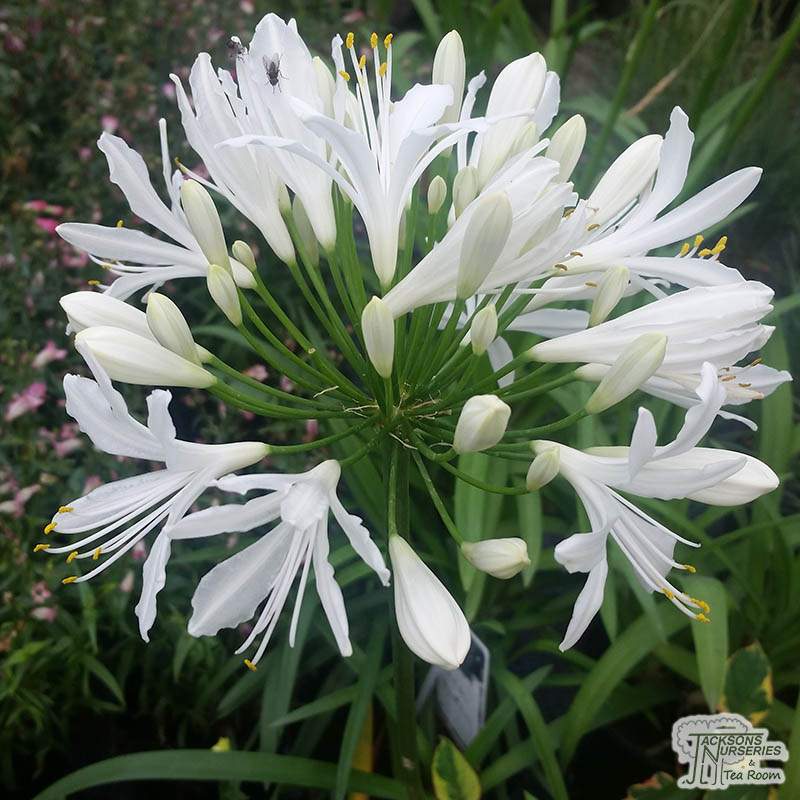
Buy Agapanthus africanus Albus (African Lily) in the UK
What is Agapanthus? Agapanthus, commonly known as Lily of the Nile or African Lily, is a genus of flowering plants native to southern Africa. Habit and Size: Agapanthus are herbaceous perennials growing in upright clumps from fleshy rhizomes that produce short, tuberous roots. They can reach 1-4 feet (30-120 cm) in height and spread.
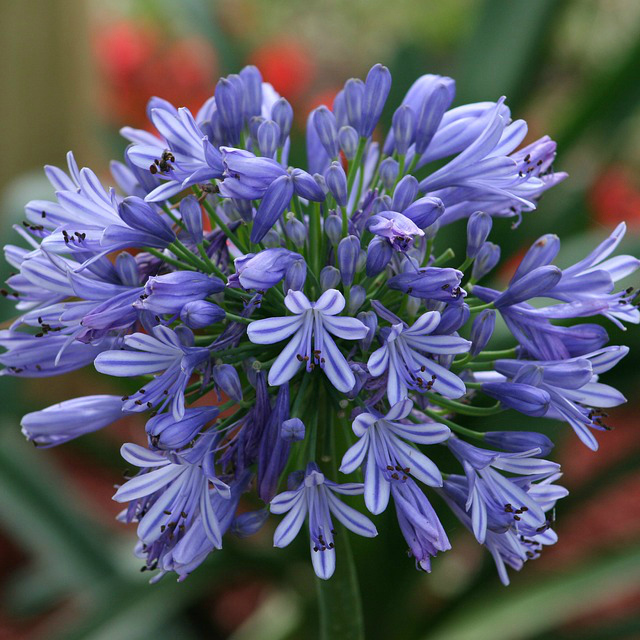
Agapanthus africanus Lily of the Nile Mid Valley Trees
Agapanthus Agapanthus is a summer-flowering bulb for Southern gardens. Sometimes called African lily and lily of the Nile, it is originally from South Africa. Agapanthus makes an elegant addition to any landscape. Its strap-like leaves make an excellent ground cover and its conspicuous flowers bloom all summer long.
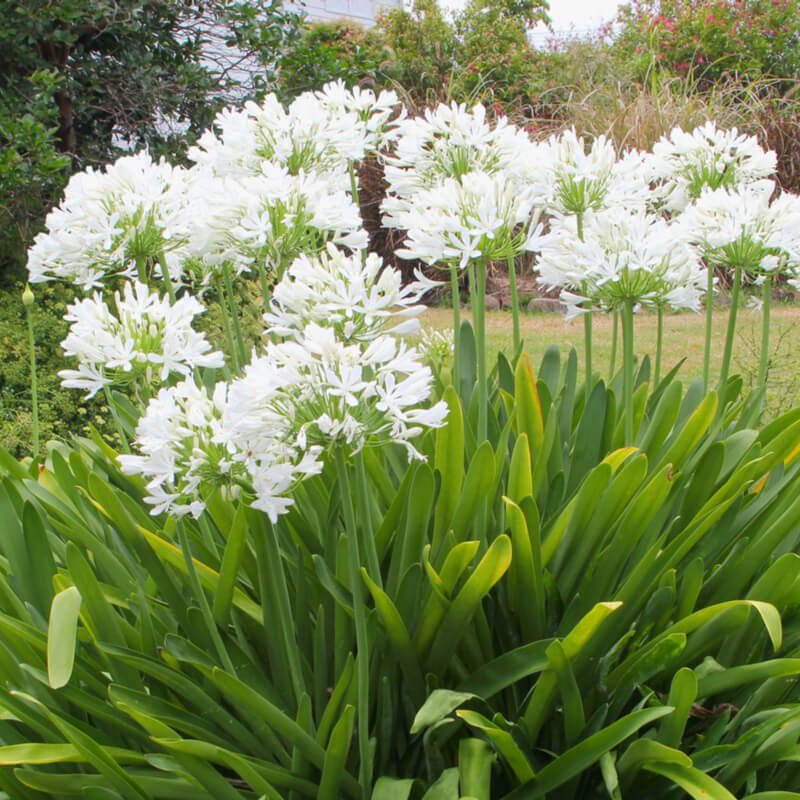
Plants of White African Lily AGAPANTHUS AFRICANUS White T.O.G
To grow African lily flowers from seeds, first either purchase or harvest seed pods from the garden and allow them to dry out for 4-6 weeks in a cool, dry spot like a garden shed. After this, collect the seeds and store them in an envelope in a cool, dry place over winter. Sow the seeds in spring in modules filled with seed compost, then.

African Lily, Agapanthus africanus in PNG This was taken u… Flickr
Agapanthus is the name of the genus for the exotic blue African Lily of the Nile. These showy perennials, native to Southern Africa, hold a strange beauty. The genus Agapanthus was established by L'Heritier in 1788. Formerly of Liliaceae (lily family), it now resides in the Amaryllidaceae family and the subfamily, Agapanthoideae.

Agapanthus africanus African Lily HD 03 YouTube
Agapanthus is a genus of six species of perennial plants with bell-shaped vibrant flowers. They tend to bloom from early summer until fall in shades of blue, pink, purple, and white often with a darker center stripe on each petal. Flowers bloom on tall stalks, and leaves spread out wide and long from the base.
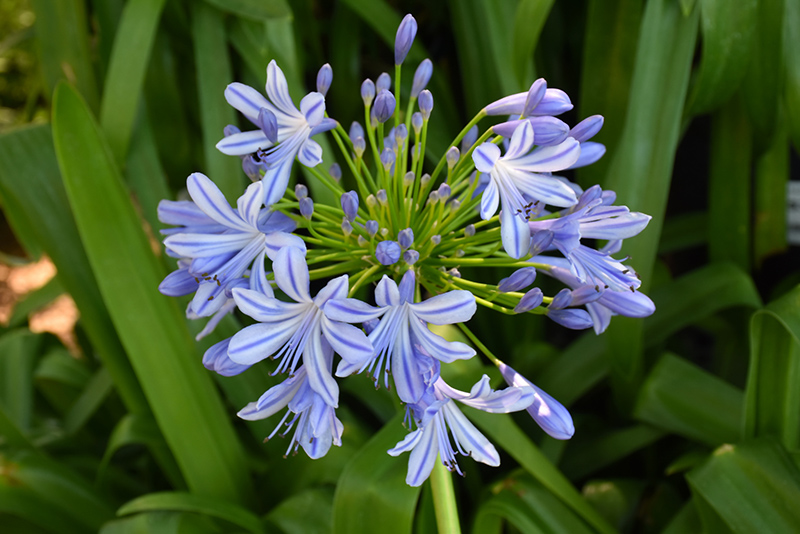
African Lily (Agapanthus africanus) in San Antonio, Texas (TX) at Rainbow Gardens
Agapanthus africanus Back to Previous Page More Images Common Name: African lily Type: Bulb Family: Amaryllidaceae Native Range: South Africa Zone: 8 to 10 Height: 1.50 to 2.00 feet Spread: 1.50 to 2.00 feet Bloom Time: June to July Bloom Description: Blue, white Sun: Full sun to part shade Water: Medium Maintenance: Medium Flower: Showy

Agapanthus africanus species (African lily) Plantinfo
Agapanthus, also commonly known as African lily, are perennials native to South Africa. They make an excellent cut flower. Loved for their loose globe-shaped summer flower heads in blues, lilacs and whites, they're ideal specimens for containers. Agapanthus are either evergreen or deciduous.

African Lily (Agapanthus africanus) Growing & Care Guide for Gardeners
Agapanthus is a genus of herbaceous, flowering plants that thrive in sunny, well-draining sites. In its native region, Agapanthus ranges from moist grasslands to rocky mountain slopes. The genus contains six distinct species — two evergreen and four deciduous — which vary slightly in their cold hardiness and physical characteristics.
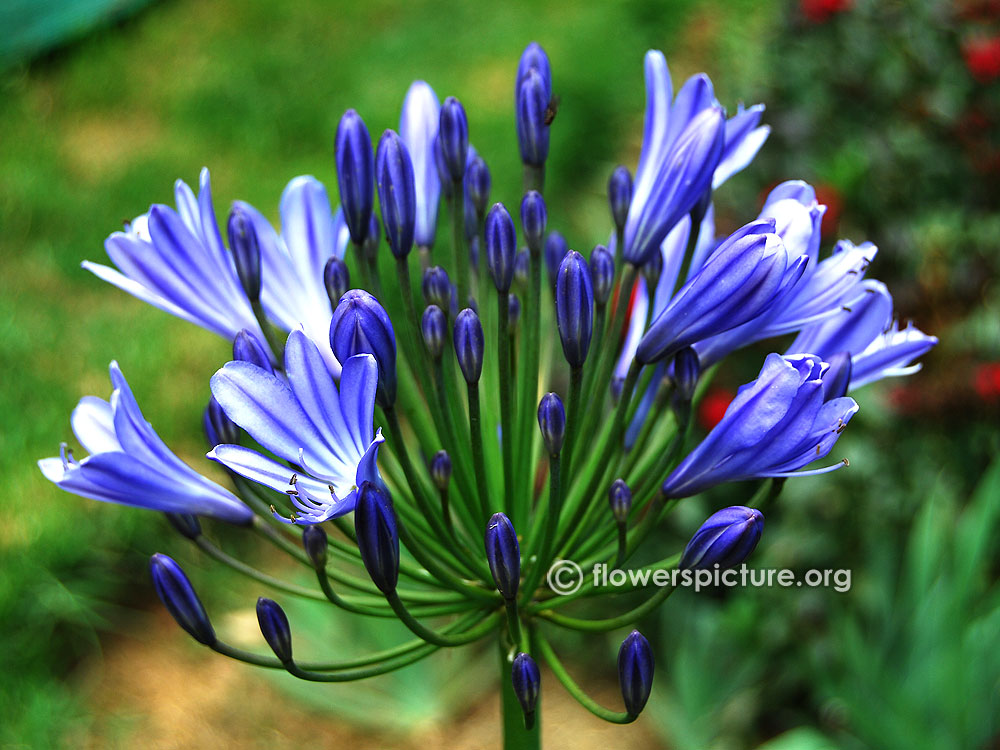
Agapanthus africanus Minor African Lily Lily of the Nile
Common name: African lily Agapanthus are known for their large, blue drumstick-headed flowers in summer. These South African perennial plants are equally suitable for borders and large containers. Agapanthus look great when planted with drifts of ornamental grasses, sun-loving rudbeckias and goldenrod ( Solidago ).
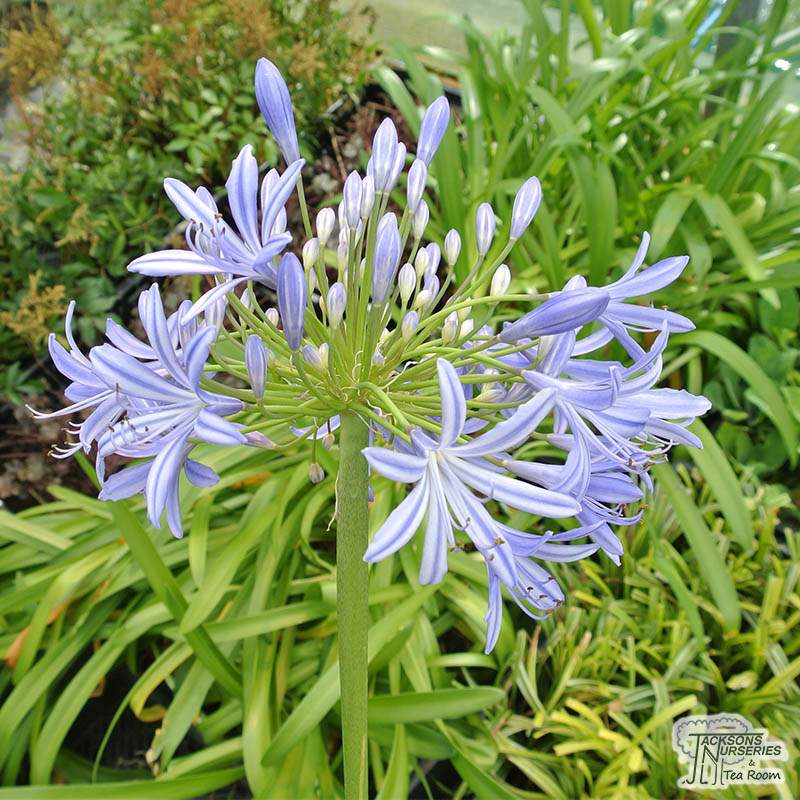
Buy Agapanthus Africanus (African Lily) in the UK
Agapanthus Common Name (s): African Lily Lily of the Nile Phonetic Spelling ag-ah-PAN-thus This plant has low severity poison characteristics. See below Description This is a genus of 6 plants native to southern Africa and grows in upright clumps from fleshy rhizomes that produce short, tuberous roots.
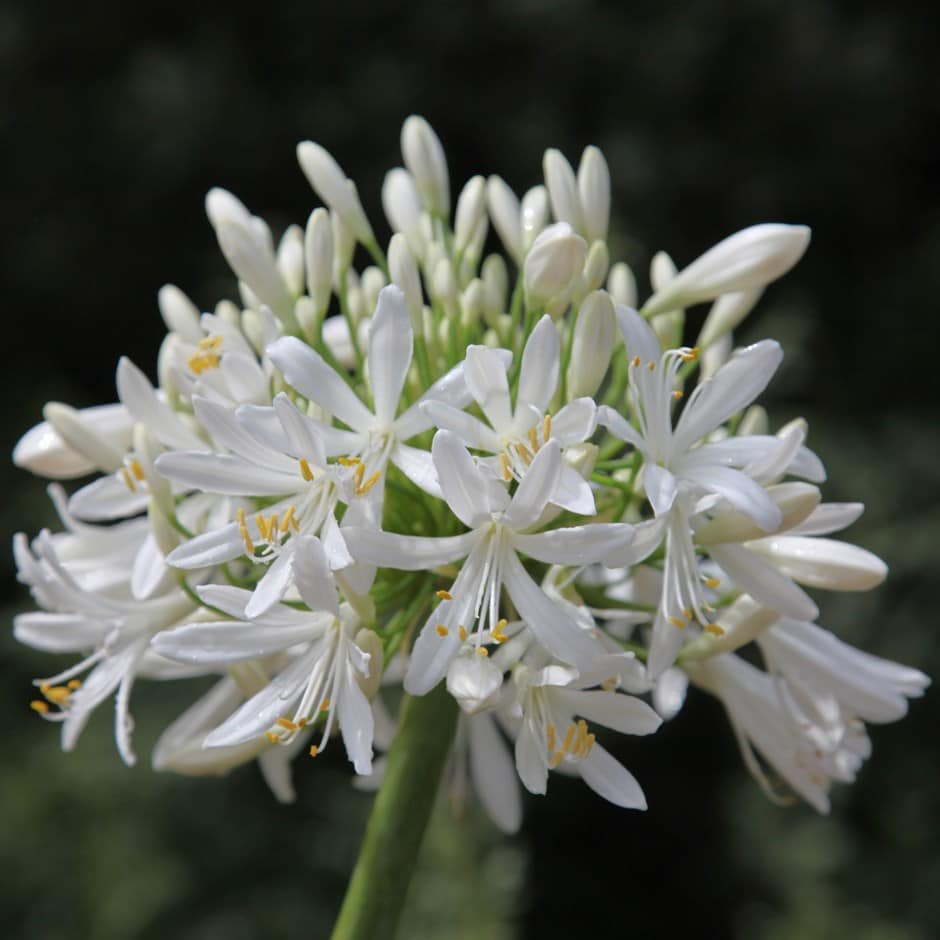
Buy African lily Agapanthus africanus 'Albus'
The Agapanthus sometimes called the blue African lily ( Agapanthus africanus) or just African lily is a wonderful plant for the right spot. A mature plant has strap-like leaves growing in a dense clump and then bursts into a succession of flowers in the late spring through the summer.

Buy African lily Agapanthus africanus Delivery by Crocus
The Nile lily (Agapanthus africanus), often known as African lily, is a perennial herbaceous plant native to Africa that belongs to the amaryllis family (Amaryllidaceae). The Lily of the Nile is a popular decoration in many gardens because of its large, pretty, and spherical flower clusters. With little care, they will look gorgeous in your garden.

Agapanthus Blue Name African Lily) 175mm Pot Dawsons Garden World
Agapanthus is a genus that contains about 6 to 10 species of herbaceous flowering plants. In cultivation, the common names of these flowers are African lily, Lily of the Nile, or blue African lily. They are pretty popular ornamentals, prized mostly for their mesmerizing overall appearance and low-maintenance nature.